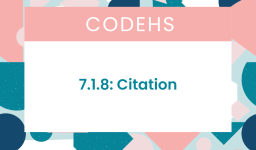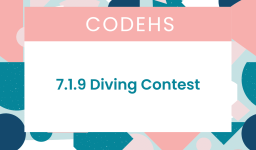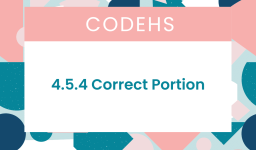The most common answer is:
speed(0)
Draws the initial circle and two eyes
def smileycircle():
penup()
setposition (0,-100)
pendown()
color(“yellow”)
begin_fill()
circle(100)
end_fill()
color(“black”)
penup()
pensize(1)
setposition(-25,25)
for i in range (2):
begin_fill()
circle(5)
end_fill()
penup()
forward(50)
pendown()
smileycircle()
Draws a smile
def smileylove():
penup()
setposition (-50,-25)
left(270)
pendown()
circle (50, 180)
penup()
Draws a frown
def smileyfrown():
penup()
setposition(50,-50)
pendown()
left(90)
circle(50,180)
penup()
The illusion of choice…
happy = input (“Are you happy? (Yes/No):”)
if happy == (“Yes”):
smileylove()
else:
smileyfrown()To create a program that draws a happy or sad face based on user input, a few adjustments are needed in this code for it to work correctly.
Here is a corrected and optimized version of the code:
import turtle
turtle.speed(0) # Set the drawing speed to the fastest
# Draws the initial circle and two eyes
def smileycircle():
turtle.penup()
turtle.setposition(0, -100)
turtle.pendown()
turtle.color("yellow")
turtle.begin_fill()
turtle.circle(100)
turtle.end_fill()
turtle.color("black")
turtle.penup()
turtle.pensize(1)
turtle.setposition(-35, 35) # Adjust position for the left eye
turtle.pendown()
turtle.begin_fill()
turtle.circle(5)
turtle.end_fill()
turtle.penup()
turtle.setposition(35, 35) # Adjust position for the right eye
turtle.pendown()
turtle.begin_fill()
turtle.circle(5)
turtle.end_fill()
# Draws a smile
def smileylove():
turtle.penup()
turtle.setposition(-50, -25)
turtle.pendown()
turtle.setheading(-60) # Adjust the orientation for the smile
turtle.circle(50, 120) # Draw the smile
turtle.penup()
# Draws a frown
def smileyfrown():
turtle.penup()
turtle.setposition(-50, -15) # Adjust starting position for the frown
turtle.pendown()
turtle.setheading(-120) # Adjust the orientation for the frown
turtle.circle(50, -120) # Draw the frown
turtle.penup()
# Draw the face base and eyes first
smileycircle()
# The illusion of choice...
happy = input("Are you happy? (Yes/No): ")
if happy.lower() == "yes":
smileylove() # If user is happy, draw a smile
else:
smileyfrown() # If user is not happy, draw a frown
turtle.done() # Keep the window open until manually closed
This version includes the following adjustments:
- Importing the
turtlemodule at the beginning. - Defining the
smileycirclefunction to draw the base circle and eyes. - Adjusting the positions for the eyes to be symmetrical and correctly aligned with the face.
- Adding
turtle.setheading()in thesmileyloveandsmileyfrownfunctions to ensure the mouth starts drawing from the correct orientation. - Using
happy.lower()to make the input case-insensitive, ensuring that the program behaves correctly whether the user inputs “yes”, “YES”, “Yes”, etc.
Based on the user’s input, the program will draw a happy face with a smile or a sad face with a frown.



